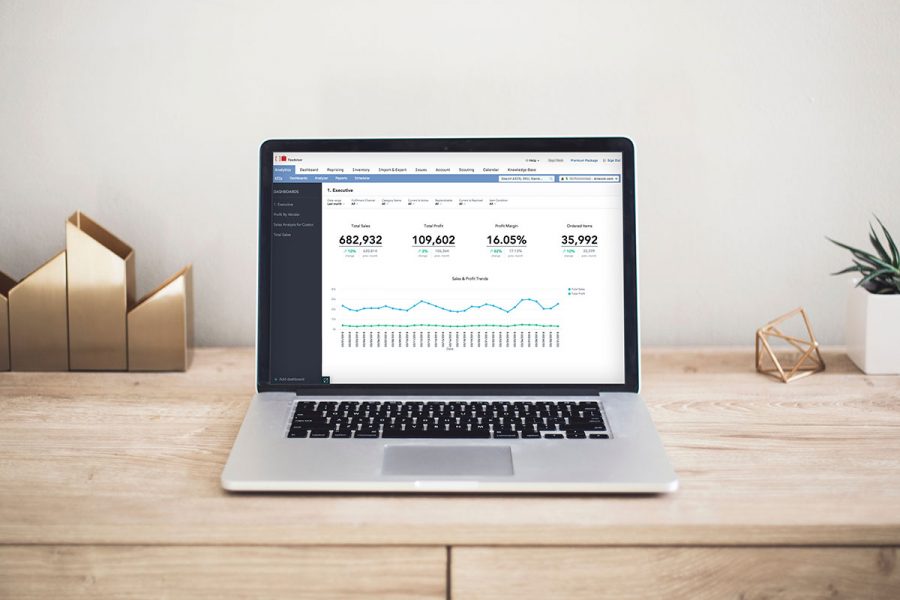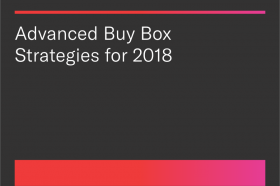Resources - Blog
The Most Common Amazon Repricing Myths Debunked

Stay on top of the latest e-commerce and marketplace trends.
In 2017, more than half of the units sold on Amazon worldwide were from third-party sellers and over 300,000 US-based SMBs started selling on Amazon. As a result of the relentless growth of the marketplace, the selling landscape is becoming increasingly competitive and complex.
In order to stand out from the competition while you scale your Amazon operation, it’s important to avoid common pitfalls that can slow sales conversions and motivation. In this blog post, we will explore the top repricing myths regarding Amazon repricing software and explain how third-party sellers can avoid falling prey to the extreme misconceptions.
1. The repricer reduces prices down to $0.01.
The overwhelming truth of the matter here is that Amazon repricing tools will actually protect your prices so that they aren’t lowered down to a penny. Automated $0.01 price drops don’t actually happen – when you set your lowest price point (floor price) for any given item, the repricer will never go below that amount.
On top of this, Amazon built their own pricing fail-safe in response to potential pricing errors. They deactivated listings and removed the opt-out option so that sellers are required to input their minimum and maximum prices on Amazon itself, in order to prevent any Amazon repricer error.
2. Repricers leave you with no control.
The process automation that comes with repricing software only occurs according to your setup and the floor and ceiling prices that you input. If you’re using an algorithmic repricer, machine-learning algorithms determine the best possible price based on all known market conditions. With these systems, you can adapt the software to your unique business needs and goals in order to reprice your product listings in a manner that makes sense to you.
3. Repricers make you lose money.
Contrary to this, if repricers are used properly, they can be advantageous and can actually drive prices up, allowing you to win more Buy Box at higher prices. With manual repricing, you are leaving room for human error, which can cause lost profits.
Additionally, rule-based repricers only take into account the competitors’ prices and ignore all other seller metrics (meaning that they are forced to disregard the Buy Box share and profit margin). With automated, algorithmic repricing software, objective decisions are made based on masses of big data, which in turn leads to completely impartial and precise answers.
4. You don’t have enough SKUs for a repricer to make sense.
It’s increasingly important for online sellers to align their pricing strategies with their business goals and constantly optimize in order to edge out the competition. Whether increasing their online presence through advertising, researching and scouting new products, or diversifying platforms, time is of the essence. With a repricing solution, hours of time can be saved so that sellers can focus on hitting their business goals.
Even if you don’t have an extensive product catalog, repricing software has its advantages. For example, when you reprice manually you can forget how much you paid for an item, and price yourself right out of profitability. With manual repricing, it’s easy to get carried away in the battle for the Buy Box and keep lowering and lowering your price until you are at a loss. If the current price is below your floor price, a repricing tool will just keep you out of the game until prices rise back up again and then you will rejoin the action.
5. You don’t need to change your prices frequently.
With an increase in competition on Amazon versus last year, chances are you are going to have competition on certain items, some more than others. The market is constantly changing and repricing software accounts for these changes in real-time. With about five billion price changes taking place each day, it’s evident that the repricer is constantly at work aggregating data in order to bring your Amazon store more profits with less hassle.
In conclusion, repricing software should create value for all Amazon sellers and, specifically, can help you scale your online business through smart data. With a bias-free approach, you open the door to increased profitability, as the software analyzes market conditions, seller performance, competition, and your targets to ensure that each item is priced strategically.



